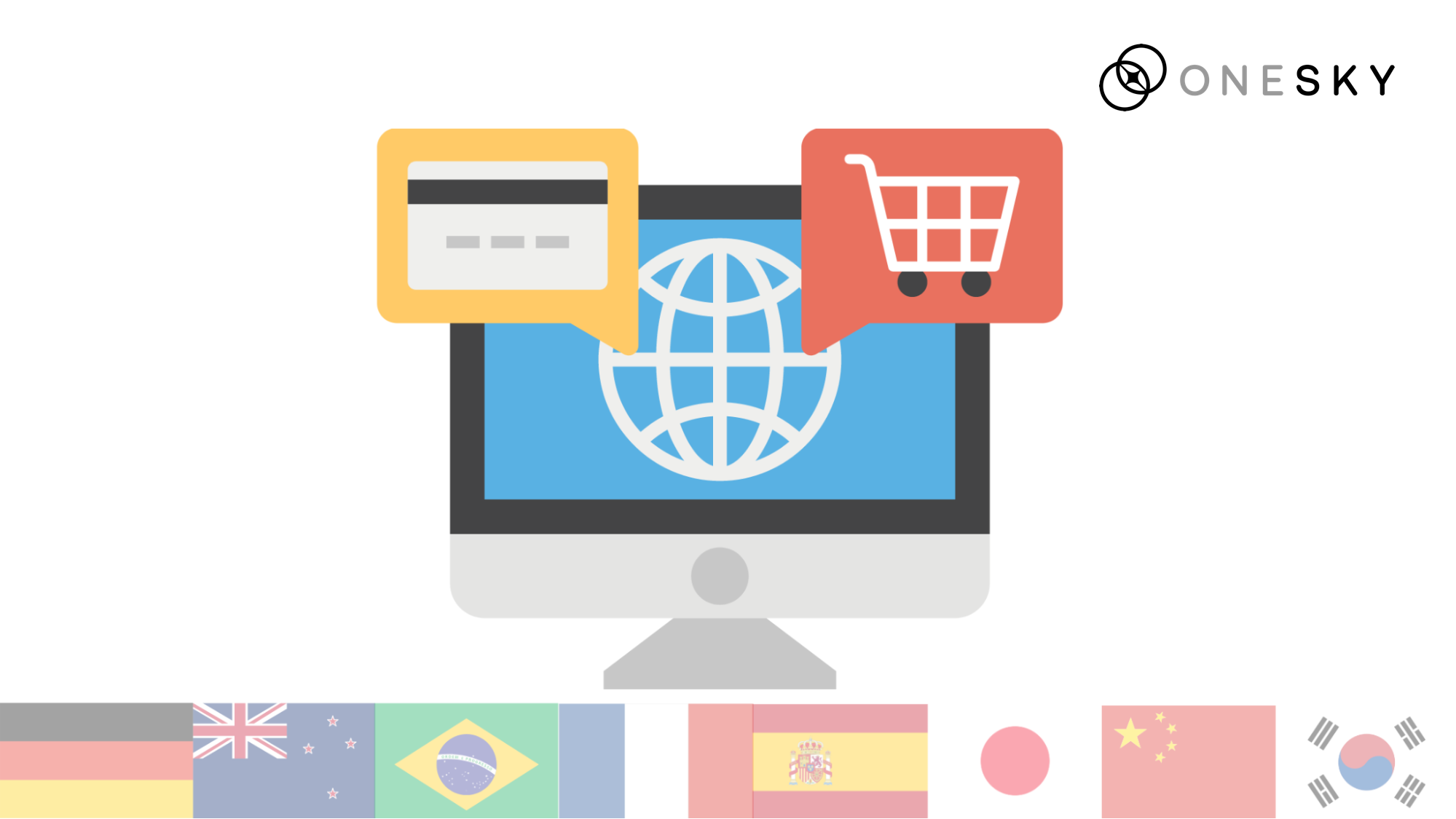[Slideshare] How to Win Asia Like Spotify
Spotify seems to be everywhere in the news these days.
A sky-rocketing valuation. Reported widening losses. Rumors of a delayed IPO.
Through all the buzz and scrutiny, it’s undeniable that Spotify continues to grow at an exciting rate all around the world.
In late 2016, we reported on the music streaming company’s steady international expansion. (Read more about their International Growth Strategies and Asia Expansion in our two-part series.) Since then, Spotify has continued to move fast and gain traction in both local markets and the global stage.
In just these last few months, the company signed major licensing deals with music industry leaders Universal Music Group and Merlin, acquired several music technology companies, and partnered with heavy-hitter apps Waze and Headspace. (Oh, and there was even an April Fools’ Day hoax about Google Music acquiring Spotify.)
One region they continue to see growing success is Asia, a market notoriously hard to break into, especially when it comes to the app industry.
So just how is Spotify winning in Asia?
In this updated Slideshare case study, we investigate the 3 key growth strategies that Spotify used to:
- gain early footing in the APAC region
- break Asian cultural and technological barriers
- continue to grow their customer engagement in local markets
Flip through the Slideshare below and let us know what you think!
Interested in going global?
We’ve helped thousands of companies like Spotify enter new international markets with minimal hassle and expert translations and tools. Visit our website for more info on our products and services.



 Written by -
Written by - 




 Written by
Written by 


